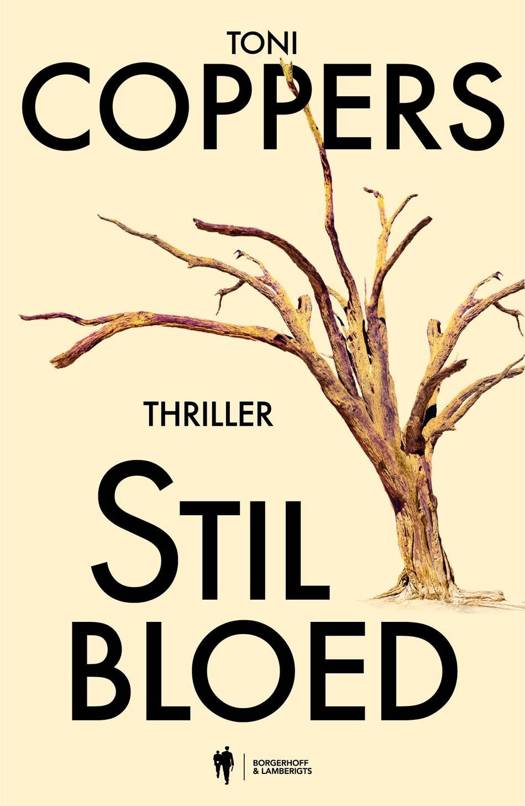
- Afhalen na 1 uur in een winkel met voorraad
- Gratis thuislevering in België vanaf € 30
- Ruim aanbod met 7 miljoen producten
- Afhalen na 1 uur in een winkel met voorraad
- Gratis thuislevering in België vanaf € 30
- Ruim aanbod met 7 miljoen producten
Zoeken
Omschrijving
William T. Vollmann has travelled to Soviet-occupied Afghanistan with Islamic commandos, shivered out a solitary stretch at the North Magnetic Pole in winter, hopped freight trains, studied the stately ancient beauties of Japanese Noh theater, and made friends with street prostitutes all over the world-all in the interest of learning a little more about life. Now in his mid-fifties, Vollmann sets out on what may well be impossible for a heterosexual genetic male: to envision himself as a woman. In these photographs, block prints, and watercolor drawings, he portrays his alter ego, Dolores, with whimsicality, and sometimes with cruelty-for Dolores would like to be attractive, or at least to pass, but the ageing male body in which she remains confined requires lowered expectations. Meanwhile, the drawings and block prints, composed with the artist's glasses off, show Dolores as she imagines herself to be. The Book of Dolores brings the genre of self-portraits to a new level of vulnerability and bravery. In the process, it offers virtuoso performances of nineteenth, twentieth, and twenty-first-century photographic techniques, including the seductively difficult gum bichromate method. Each section of the book is accompanied by an essay on motives and techniques.
Specificaties
Betrokkenen
- Auteur(s):
- Uitgeverij:
Inhoud
- Aantal bladzijden:
- 200
- Taal:
- Engels
Eigenschappen
- Productcode (EAN):
- 9781576876572
- Verschijningsdatum:
- 29/10/2013
- Uitvoering:
- Hardcover
- Formaat:
- Genaaid
- Afmetingen:
- 221 mm x 282 mm
- Gewicht:
- 1360 g

Alleen bij Standaard Boekhandel
+ 120 punten op je klantenkaart van Standaard Boekhandel
Beoordelingen
We publiceren alleen reviews die voldoen aan de voorwaarden voor reviews. Bekijk onze voorwaarden voor reviews.








